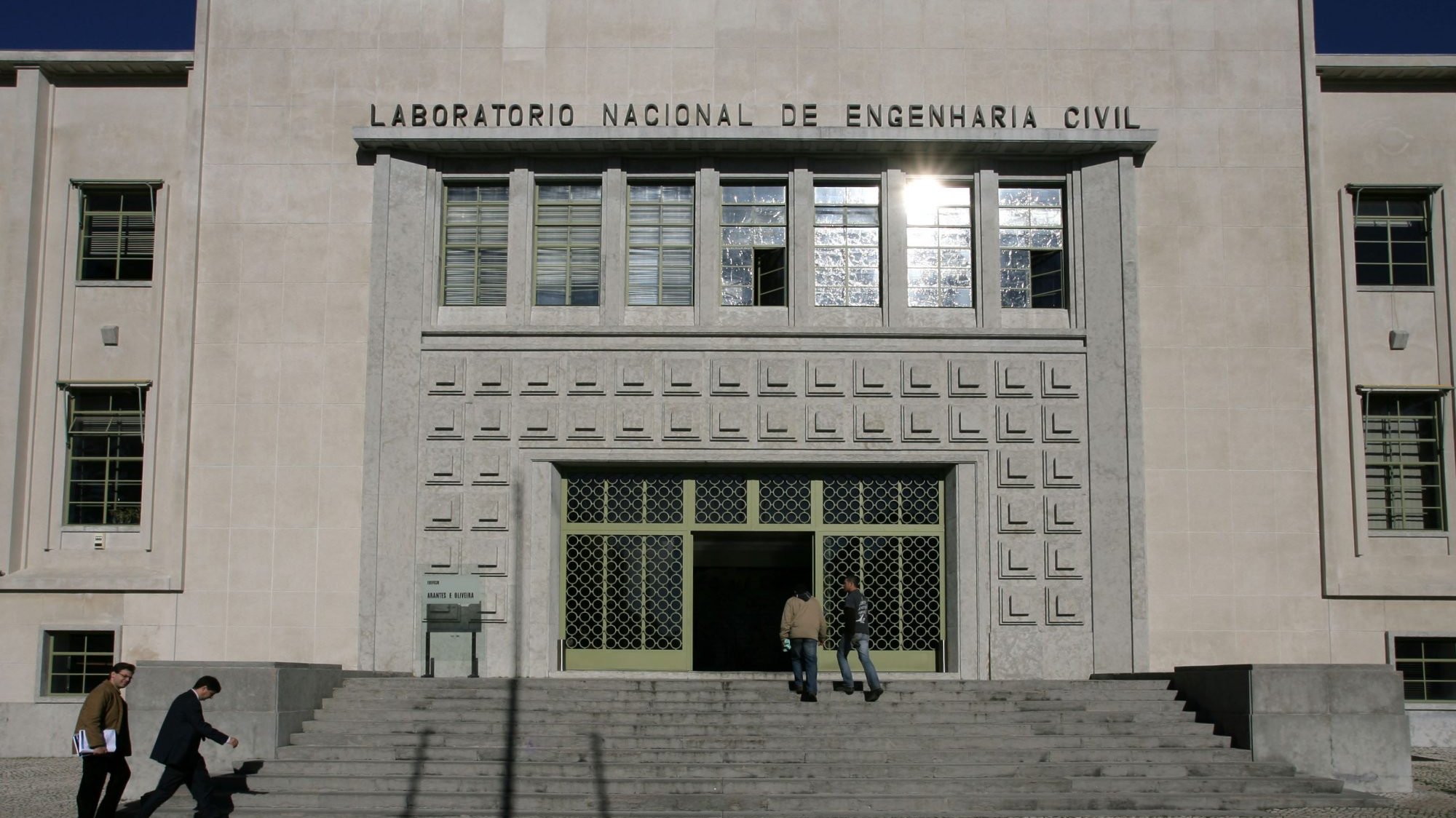The recommendations of the report of the National Laboratory of Civil Engineering on the works of the Lisbon Cathedral will be the strong point of the parliamentary hearing, on Tuesday, of the Civic Movement for the Preservation of the Archaeological Heritage of the Lisbon Cathedral.
The source of the movement told the Lusa agency that his elements “finally had access to the report” on the stability and security situation of the Lisbon Cathedral, in the event of an earthquake, during the works and after their conclusion, of the National Laboratory of Civil Engineering (LNEC), which presents various criticisms of the current project, and which will discuss it with the deputies.
According to the same source, the report shows that the 13th century monument is located in high seismic risk areaand that its stability conditions will have worsened due to the characteristics of the current project, recommending its revision.
The report, according to the source of the movement, identifies the extreme vault to the southwest of the Dionysian cloister as especially fragile. It should be noted that, according to experts, the Lisbon Cathedral is one of the best examples of Gothic architecture in Portugal, as archaeologist Jacinta Bugalhão told Lusa.
The movement states in a statement that, according to the LNEC, “the work can be interrupted and/or prolonged in security (for the purposes of the necessary revision of the project), provided that the provisional measures (of work) of lateral containment, suggested by the Laboratory itself, are reinforced”.
The LNEC report questions the stability conditions of the Cloister during the work, observed at the end of 2020, but also considers the conditions after the completion of the current project to be insufficient. According to the movement, reading the LNEC reports leads to the conclusion that the project was not prepared with due care for a monument that is about 800 years old.
The movement, although it had access to the report, is still waiting for the General Directorate of Cultural Heritage (DGPC) to deliver copies, as determined by law.
“If the DGPC and the Ministry of Culture are not able to adequately and acceptably resolve the serious problems that remain, the @ApoiarSedeLisboa2022 Movement does not give up on reaching these solutions and, in this sense, appeal to the competent superior bodies”, he affirms. The movement in a statement released this Monday, justifying its position in the “public interest, as defined in the Constitution of the Portuguese Republic.”
The movement is heard on Tuesday, at 4:00 p.m., in the Parliamentary Commission for Culture, Communication, Youth and Sports, but “the process of scheduling hearings is underway” with the President of the Republic, the Prime Minister and with the Secretary of State for Culture, parliamentary groups and other entities involved and interested in the process, having already been received by the Presidency of the Assembly of the Republic and by the PCP parliamentary group. A hearing with the PS parliamentary group is scheduled for next Thursday.
In the Lisbon City Council, in addition to a previous meeting with the Councilor for Culture, Diogo Moura, the movement was already received by the councilors Beatriz Gomes Dias (BE) and Ana Jara (PCP), by the municipal deputy Maria Escaja (BE) and, this Monday, by the municipal deputies of the PAN.
On the morning of June 25, the movement organized a human cordon in front of the Lisbon Cathedral, to warn of the threats to the archaeological ruins in the context of the works in progress, in contradiction to its objective, the recovery of the cloister. , valorization and musealization of the important archaeological heritage identified in the site.
The organizers, including the archaeologist Jacinta Bugalhão and the president of the Archeology Workers Union, Regis Barbosa, stated that “this project (architecture and structures) [se] reveals incompatible with the conservation and enhancement of some of the most important archaeological structures preserved there (from Roman, Islamic and medieval Christian times), threatened by the construction of stairs and access ramp between the archaeological crypt and the Cloister and an underground plant and respective accesses”.
The general director of Cultural Heritage, João Carlos Santos, in a press conference on November 29, said that the second revision of the project had managed to reconcile “the best of both worlds”, allowing “to show more than a third of what was predicted, based on archaeological remains”, and making the “problem” of the initial proposal, “a solution”.
The new project, according to the head of the DGPC, materializes the compromise between the need for structural reinforcement of the south wing of the cloister, and the conservation of the largest possible number of structures of the identified vestiges.
The installation of an elevator, the construction of stairs and emergency exits, as well as the installation of a technical area imposed the dismantling of some structures that, according to João Carlos Santos, will be protected by images, texts and other documents.
The excavations carried out revealed medieval Roman, Islamic and Christian structures, after the conquest of the city in 1147, specifically remains of streets, cisterns, as well as an aljama and a wall with medieval Islamic graffiti.
Work on the Sé de Lisboa cloister began in the 1980s, with the first excavations, and one of the difficulties was the discovery of successive archaeological layers that the stratigraphic analysis had not anticipated, which caused interruptions, along the years, and the elaboration of different projects of requalification of the site.
The resumption of the works, taking as a reference the project presented in November, took place on March 28, about a year after the last suspension. Its completion was announced for the third quarter of this year.
Source: Observadora
